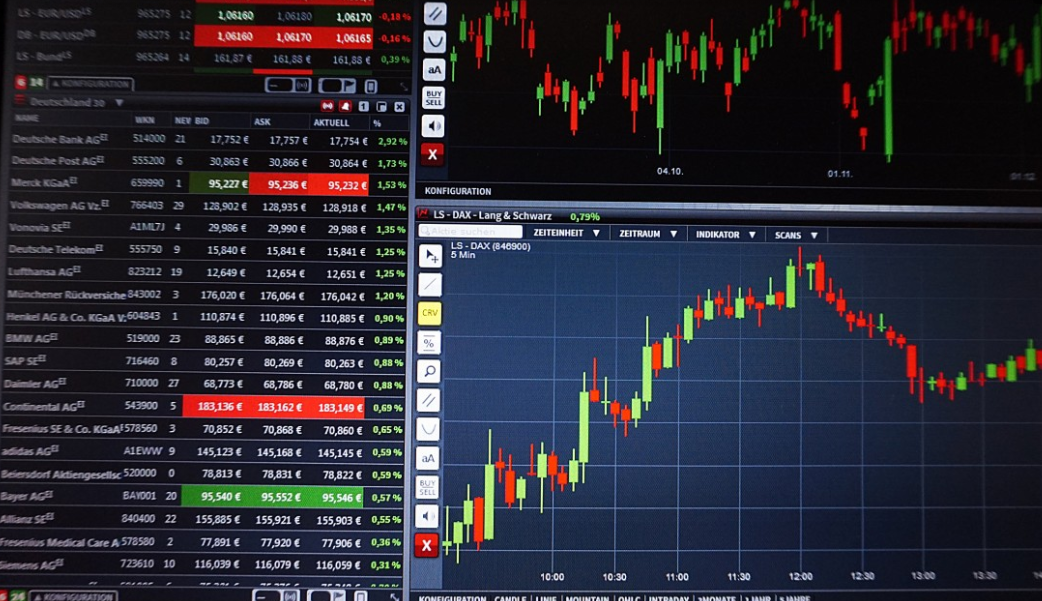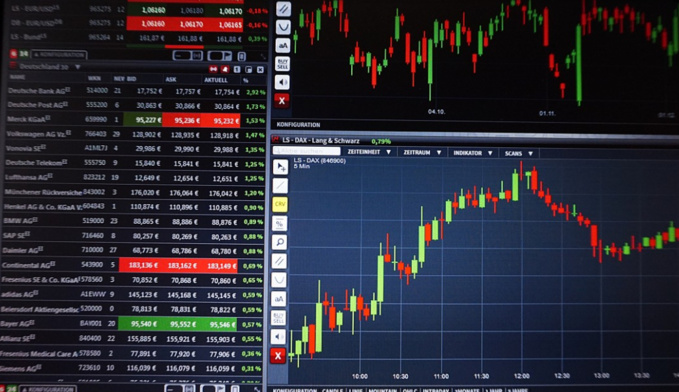As a result, the price of bonds with negative returns jumped to $ 16.7 trillion by the end of last week. This is almost a third of all bonds ($ 54.6 trillion) included in the global Bloomberg Barclays Global Aggregate index, analysts at JPMorgan Chase say. The fact that investors continue to buy such a huge number of instruments indicates a distortion of the basic financial principles, and this may end badly, some analysts warn.
In fact, the bond market has been created for borrowers to manage their obligations with different maturities, and for lenders (investors) to have a fixed income, says Jon Treacy, publisher of the Fuller Treacy Money investment newsletter. However, now it is "transformed from an investor market into a trader market," because if you hold bonds to maturity, you will get a loss, but you can make money on short-term growth in their prices.
For the first half of the year, the cost of bonds with negative yield doubled to $ 14 trillion. Having fallen to $ 12.7 trillion by the second half of July, it began to grow rapidly and surpassed the level of $ 15 trillion on August 5. On August 14, when the yield on two-year US treasury bonds exceeded the yield on 10-year-old ones, it reached $ 16 trillion. Currently, negative yield on bonds with all maturities is observed in Germany, Denmark, the Netherlands, Finland and all Czech-denominated euro bonds, as well as in almost all papers of Sweden, France and Japan.
There are signs of a bubble on the market, or at least growth inhibition, some investors suggest. At the same time, examples typical of the bubble are observed, which means that the trend has reached extreme values. For example, on Wednesday Germany first placed 30-year bonds with negative yield, and the bank Berlin Hyp issued three-year mortgage bonds worth €1 billion with a record negative yield of -0.588% for such securities. There is also evidence that most investors have already invested in bonds, so there are fewer "fools" who are buying now expensive papers. As can be seen from the Bank of America Merrill Lynch global survey in August (fund managers with assets of $ 553 billion participated), investment in bonds increased over the past month by 12 percentage points to the highest level since September 2011 (when Standard & Poor's deprived the United States of higher credit AAA rating).
At the same time, the maximum number of managers since November 2008 believes that short-term rates and returns in the next 12 months will be even lower (net indicator, i.e., the difference between those who believe that they will grow and those who are expecting a decrease is 43 %).
Profits are already below any reasonable levels, says James Sweeney, Director of Investment in America, Credit Suisse: “If activity in the manufacturing sector recovers, which can trigger good news on the trade front, a serious reversal in the dynamics of returns is possible. It seems that there is an opportunity to play in the opposite direction."
source: ft.com
In fact, the bond market has been created for borrowers to manage their obligations with different maturities, and for lenders (investors) to have a fixed income, says Jon Treacy, publisher of the Fuller Treacy Money investment newsletter. However, now it is "transformed from an investor market into a trader market," because if you hold bonds to maturity, you will get a loss, but you can make money on short-term growth in their prices.
For the first half of the year, the cost of bonds with negative yield doubled to $ 14 trillion. Having fallen to $ 12.7 trillion by the second half of July, it began to grow rapidly and surpassed the level of $ 15 trillion on August 5. On August 14, when the yield on two-year US treasury bonds exceeded the yield on 10-year-old ones, it reached $ 16 trillion. Currently, negative yield on bonds with all maturities is observed in Germany, Denmark, the Netherlands, Finland and all Czech-denominated euro bonds, as well as in almost all papers of Sweden, France and Japan.
There are signs of a bubble on the market, or at least growth inhibition, some investors suggest. At the same time, examples typical of the bubble are observed, which means that the trend has reached extreme values. For example, on Wednesday Germany first placed 30-year bonds with negative yield, and the bank Berlin Hyp issued three-year mortgage bonds worth €1 billion with a record negative yield of -0.588% for such securities. There is also evidence that most investors have already invested in bonds, so there are fewer "fools" who are buying now expensive papers. As can be seen from the Bank of America Merrill Lynch global survey in August (fund managers with assets of $ 553 billion participated), investment in bonds increased over the past month by 12 percentage points to the highest level since September 2011 (when Standard & Poor's deprived the United States of higher credit AAA rating).
At the same time, the maximum number of managers since November 2008 believes that short-term rates and returns in the next 12 months will be even lower (net indicator, i.e., the difference between those who believe that they will grow and those who are expecting a decrease is 43 %).
Profits are already below any reasonable levels, says James Sweeney, Director of Investment in America, Credit Suisse: “If activity in the manufacturing sector recovers, which can trigger good news on the trade front, a serious reversal in the dynamics of returns is possible. It seems that there is an opportunity to play in the opposite direction."
source: ft.com



















